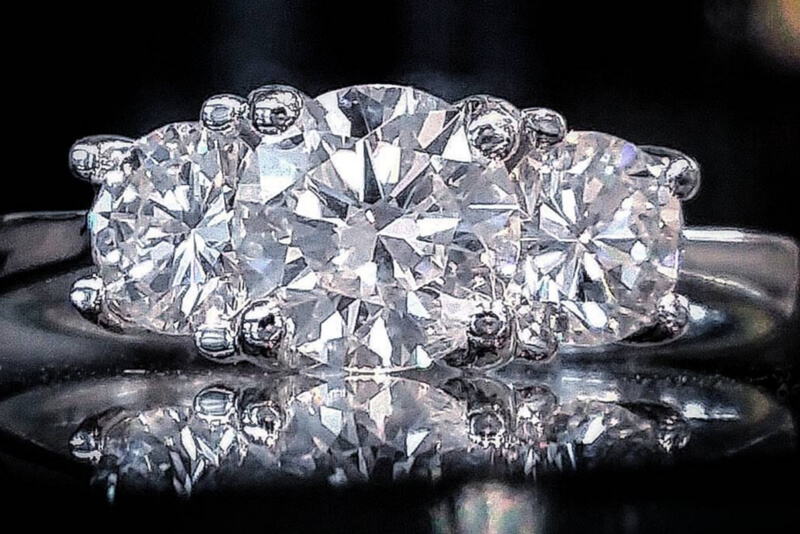Investors have long debated the merits of is gold or silver a better investment assets. Both precious metals offer unique advantages and play significant roles in a diversified portfolio. This comprehensive analysis aims to provide a detailed comparison of gold and silver to determine which may be the better investment option for you.
1. Historical Performance and Stability
Gold: The Time-Tested Asset
Gold has been valued for centuries, serving as a store of wealth and a hedge against inflation. Its price stability and consistent demand make it a reliable investment. Historically, gold has demonstrated resilience during economic downturns and geopolitical crises. The metal’s scarcity and intrinsic value contribute to its status as a safe haven asset.
Silver: The Versatile Performer
Silver, while also valued for millennia, is more volatile than gold. Its dual role as both a precious metal and an industrial commodity leads to price fluctuations based on industrial demand and economic conditions. Despite this volatility, silver has shown significant price appreciation over time, particularly during periods of economic expansion and technological advancement.
2. Market Dynamics and Liquidity
Gold: Highly Liquid and Widely Traded
Gold markets are highly liquid, with extensive trading across global exchanges. The metal’s universal acceptance and recognized value make it easy to buy and sell, ensuring investors can quickly convert their holdings into cash. This liquidity is a crucial factor for investors seeking flexibility in their portfolios.
Silver: Broad Market with Industrial Influence
Silver markets are also liquid but are influenced more by industrial demand. The metal is essential in various industries, including electronics, solar energy gold buyers, and medical applications. While this industrial demand can drive significant price movements, it also adds an element of unpredictability compared to gold.
3. Investment Vehicles and Accessibility
Gold: Diverse Investment Options
Investors can access gold through various vehicles, including physical gold (bullion and coins), exchange-traded funds (ETFs), mining stocks, and futures contracts. This diversity allows investors to choose the form that best suits their investment strategy and risk tolerance. Physical gold, in particular, is favored for its tangibility and direct ownership.
Silver: Multiple Avenues for Investment
Similar to gold, silver can be invested in through physical silver, ETFs, mining stocks, and futures. Physical silver is often more accessible for retail investors due to its lower price per ounce, making it a popular choice for those seeking direct ownership. Silver ETFs and mining stocks provide exposure without the need for storage and security concerns associated with physical silver.
4. Risk and Volatility
Gold: Lower Volatility and Risk
Gold is generally considered less volatile than silver, making it a more stable investment. Its price movements are often less dramatic, providing a smoother investment experience. This stability makes gold particularly appealing during times of economic uncertainty and market turmoil.
Silver: Higher Risk, Higher Reward Potential
Silver’s price volatility can be a double-edged sword. While it presents higher risk due to its susceptibility to industrial demand fluctuations, it also offers higher reward potential. Investors willing to tolerate greater risk may find silver’s potential for significant price appreciation attractive.
5. Inflation Hedge and Safe Haven
Gold: The Ultimate Inflation Hedge
Gold is renowned for its ability to preserve purchasing power over time. During periods of high inflation, gold prices typically rise, protecting investors from the eroding effects of inflation on their wealth. This characteristic solidifies gold’s reputation as a safe haven asset, particularly during economic instability.
Silver: Effective but Secondary Hedge
Silver also acts as an inflation hedge, although to a lesser extent than gold. Its price tends to increase during inflationary periods, but its industrial uses can lead to more complex price dynamics. While silver is a viable option for inflation protection, it may not provide the same level of security as gold.
6. Portfolio Diversification
Gold: Core Component for Diversification
Gold is a cornerstone of portfolio diversification, offering a counterbalance to equities and bonds. Its low correlation with other asset classes means it can reduce overall portfolio risk. Including gold in a diversified portfolio can enhance stability and provide a buffer against market downturns.
Silver: Complementary Diversifier
Silver also contributes to diversification, particularly for portfolios heavily weighted in industrial sectors. Its unique blend of precious metal and industrial commodity characteristics provides a different risk profile compared to gold. Incorporating silver can enhance portfolio diversification, especially for those seeking exposure to industrial growth.
7. Long-Term Outlook and Trends
Gold: Steady Growth Prospects
The long-term outlook for gold remains positive, driven by ongoing demand from investors, central banks, and jewelry markets. Emerging markets’ increasing wealth and geopolitical tensions continue to support gold’s appeal. Technological advancements in sectors like electronics and medicine also contribute to sustained demand.
Silver: Growing Industrial Demand
Silver’s future is closely tied to industrial innovation and economic growth. As industries such as renewable energy and electronics expand, demand for silver is expected to rise. Technological advancements in medical and environmental applications further bolster silver’s long-term prospects.
Conclusion: Gold or Silver – Which is Better?
Deciding whether gold or silver is a better investment depends on individual investment goals, risk tolerance, and market outlook. Gold offers stability, liquidity, and a proven track record as a safe haven, making it ideal for conservative investors seeking wealth preservation. Silver, with its higher volatility and industrial demand, appeals to investors willing to embrace more risk for potentially greater rewards.
Ultimately, a balanced approach that includes both metals may provide the best of both worlds, offering stability and growth potential. Diversifying with a combination of gold and silver can create a resilient portfolio capable of weathering various economic conditions.


